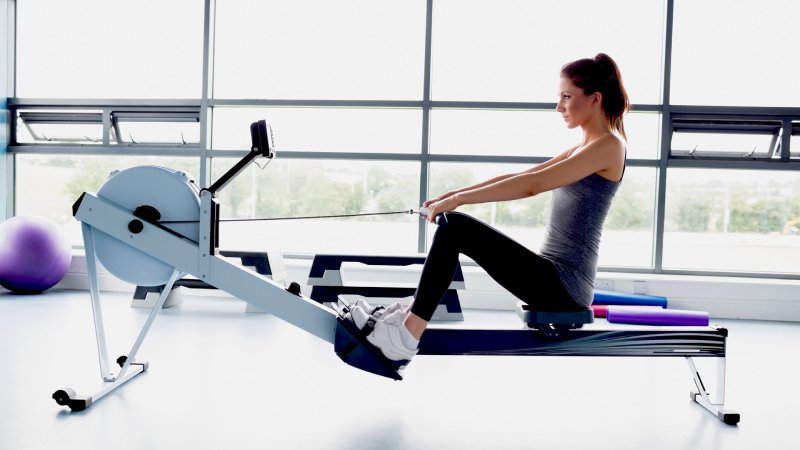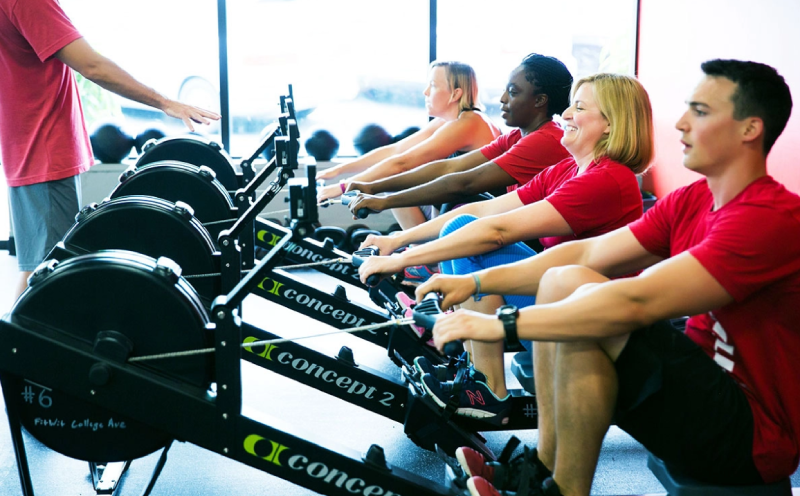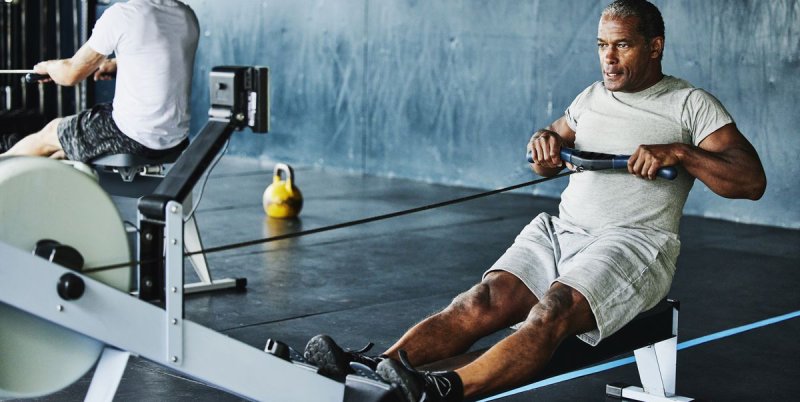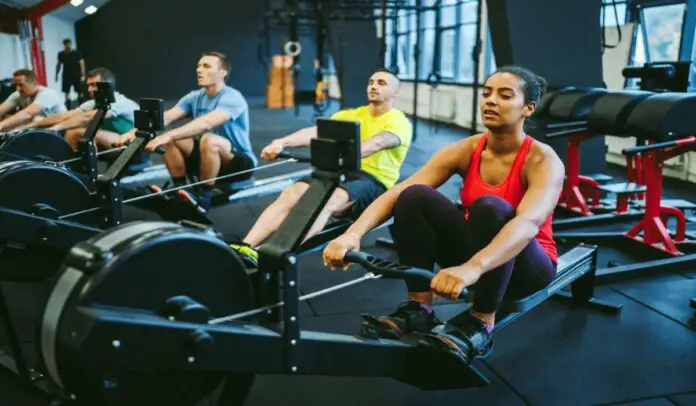Rowing workouts are very effective exercises that provide a wide range of health and fitness benefits.
These workouts offer a full-body workout by working many important muscle groups at the same time, especially thanks to the rowing movement. Working the back, shoulders, legs, hips and arms together increases overall strength and endurance by reducing imbalances in the body.
Therefore, rowing training plays an important role in providing individuals with a healthy body composition and balanced muscle development.
Another important contribution of rowing workouts is that they offer a versatile exercise experience by combining cardio and resistance training.
These exercises have positive effects on the cardiovascular system by increasing the heart rate.
At the same time, it supports fat burning in the body and accelerates metabolism by increasing muscle strength.
This combination provides an ideal option for individuals looking to improve both cardio fitness and muscle strength.
Rowing training also helps improve coordination and posture. When the rowing movement is done with the correct technique, it prevents posture problems by having a positive effect on body mechanics and balance.
Additionally, rowing workouts improve overall mobility by increasing the body’s ability to coordinate with different muscle groups working together.
Therefore, rowing workouts stand out as an effective option for individuals who want to increase functional fitness in addition to supporting a healthy body structure.

How to Do Rowing Training?
Rowing training is an important part of bodybuilding and overall fitness. A basic guide to performing rowing training;
1. Adjusting the Rowing Machine : Rowing workouts are usually done on a rowing machine. Adjust the machine’s settings to suit your height and preferences. Start by fastening the foot straps tightly and sitting in a position where you can comfortably extend your arms.
2. Taking the Correct Posture: After sitting, keep your waist straight, pull your shoulders back and open your chest outwards. Bend your elbows slightly and hold onto the rowing machine. Place your feet directly in front of you.
3. First Pull: Do the first pull using your legs. Feel the resistance of the rowing machine by pushing your feet in a straight line. When the legs are fully extended, bend your waist and upper body back.
4. Trunk and Arm Movement: After bending your waist back, start pulling your arms. Complete the rowing motion by keeping your elbows next to your body. Keep your shoulders down and actively use your back muscles.
5. Return Movement: After completing the rowing movement, move the arm and body backwards with control. Bend your legs and return to the starting position. At this stage, breathe.
6. Reps and Sets: Organize your workout according to the number of reps and sets you want. Start your rowing workouts initially with short bursts and low resistance, then you can increase the difficulty over time.
7. Technical Check and Regular Training: Check your rowing technique regularly and make corrections. By doing rowing training regularly, you can increase your body development and endurance.
Rowing training; It is an excellent option to both improve cardio fitness and exercise many muscle groups. However, it is important to learn correct form in the beginning and check techniques regularly. If possible, learning and improving the correct techniques by getting help from a coach or expert can help you achieve more effective results.

What are the benefits of rowing training?
- Full-Body Workout : Rowing workouts are full-body exercises that work many major muscle groups in the body simultaneously. Since the back, shoulders, legs, hips, arms and core muscles work actively during these workouts, it provides a comprehensive effect on muscle development and endurance.
- Cardio and Endurance Development: Rowing exercises have a positive effect on the cardiovascular system by increasing heart rate. At the same time, long sets of rowing can increase endurance and support overall physical endurance.
- Muscle Strength and Tone: These workouts can increase muscle strength and improve muscle tone by effectively working a number of large muscle groups, especially leg muscles, back and shoulder muscles.
- Supports Fat Burning : Rowing exercises support fat burning by increasing calorie burning. Being both a cardiovascular exercise and exercising large muscle groups, it can help regulate body composition and control weight.
- Balance and Coordination Development : Rowing movements require coordinating different muscle groups in the body. This can improve balance and coordination and improve posture by optimizing body mechanics.
- Low Joint-Friendly: Rowing workouts are a low-impact exercise and place minimal stress on joints. Therefore, compared to other high-impact exercises, it is generally a suitable option for individuals with joint problems such as knees, hips and ankles.
- Easily Accessible and Fun : Rowing machines can often be found in gyms or suitable for home use. The difficulty level can be easily adjusted during workouts using various resistance settings. This makes rowing workouts more diverse and customizable.
- Reduces Stress: Cardio activities can increase endorphin secretion, which creates a stress-reducing effect. Rowing workouts can positively affect both physical and mental health, providing overall well-being.




